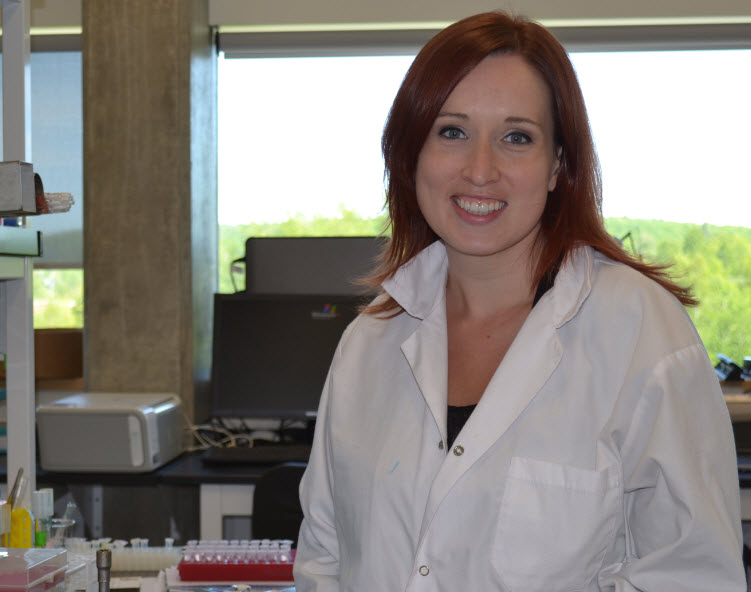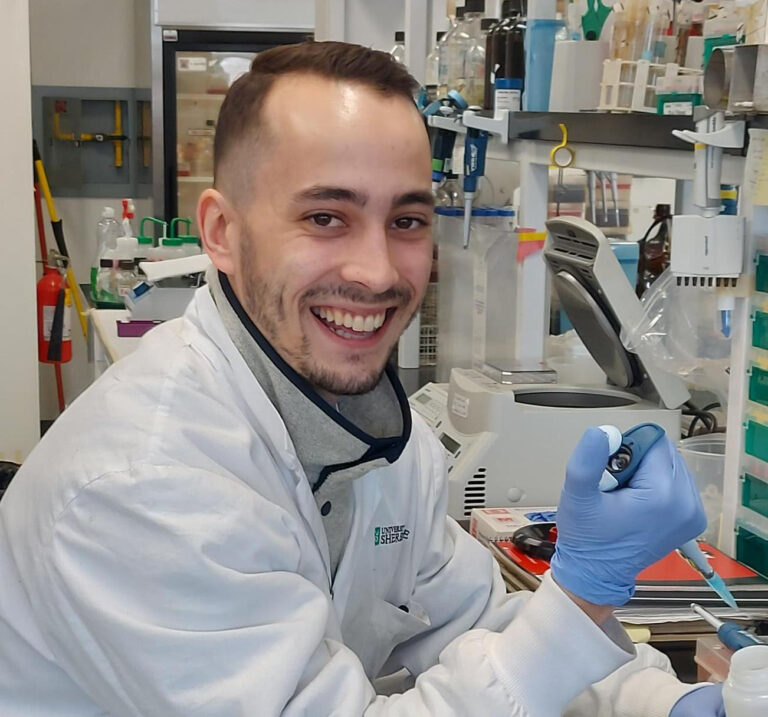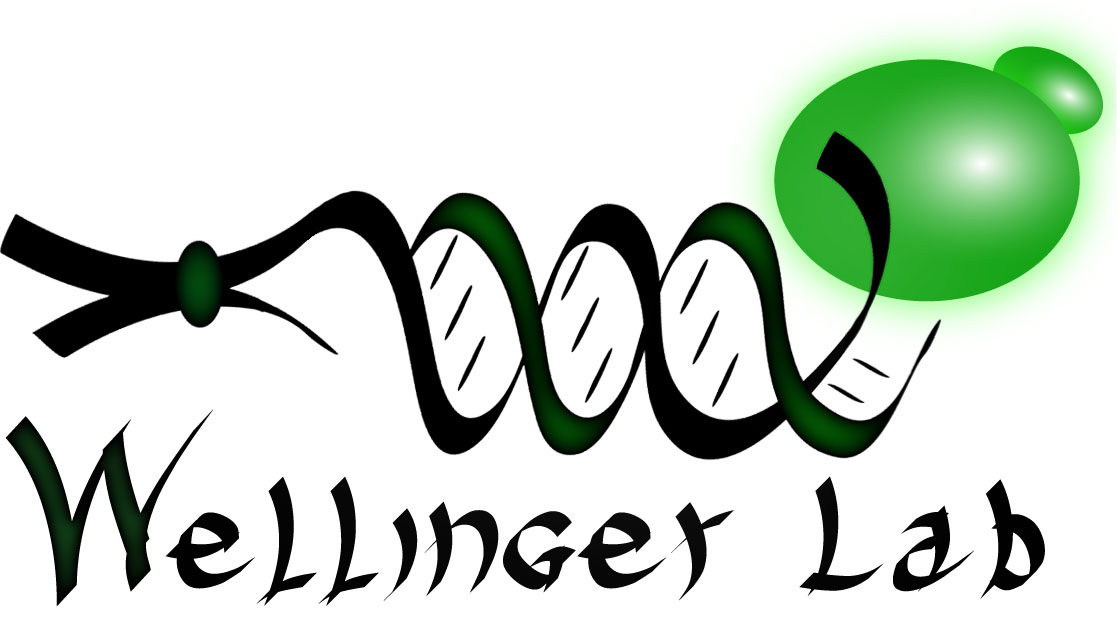
Chercheur Principal / Principal Investigator (i.e. THE Boss)
“I’m interested in everything, particularly those things others find uninteresting…”
Contact details:
Department of Microbiology and Infectious diseases
Applied Cancer Research Pavilion, room 3025
Université de Sherbrooke
3201, rue Jean-Mignault
Sherbrooke, Québec
J1E 4K8 Canada
email: raymund.wellinger@usherbrooke.ca
phone: ++ 1 819 821 8000 ext 75214
Lab Members

Erin Bonnell, M. Sc. – Research Officer
My project involves analyzing telomere-related phenotypic variations caused by new alleles of certain essential genes that were chosen based on functions that may be linked to telomere homeostasis. Further characterization of the genes and how they interact with known genes of telomere maintenance is done by a variety of methods.
Gabriela Teplitz, Ph. D. – Postdoctoral Fellow
To our knowledge, no subtelomeric element has yet been identified in any organism as a regulator of telomere length homeostasis, despite the fact that differential telomere length homeostasis according to specific chromosomal ends has been suggested before. My current project is centered on studying atypical chromosomal end-behavior and identifying subtelomeric chromatin determinants involved in the process.

Evelina De Laurentiis, Ph. D. – Research Officer
Trying to understand the function and life cycle of just one protein or RNA in a crowded cell can seem like an insurmountable task. Luckily, we can utilize and combine current molecular techniques, such as fluorescence microscopy and immunoprecipitation, to gain initial insight into interactional partners at various cellular stages. This can then be built upon and further investigated. Currently, we are using initial characterization methods to follow the dynamics of the essential yeast telomerase component 1 (TLC1) RNA.
Gabriel St-Laurent – Ph. D. Student
Recently, our lab has discovered new components of the yeast telomerase which are the Pop proteins (Pop1, Pop6 and Pop7). Those proteins were first known to be an essential part of the RNase P and RNase MRP holoenzyme. Nowadays, the purpose/roles of the Pop proteins and their mechanisms of interaction with Tlc1 and maybe the other components of the telomerase is still unknown. To understand how telomerase is working, it is essential to characterize the telomerase-related activity of the Pop proteins. In order to do that, I’m working with different molecular and biochemical techniques to study the interactions of Pop1 with the yeast telomerase.

